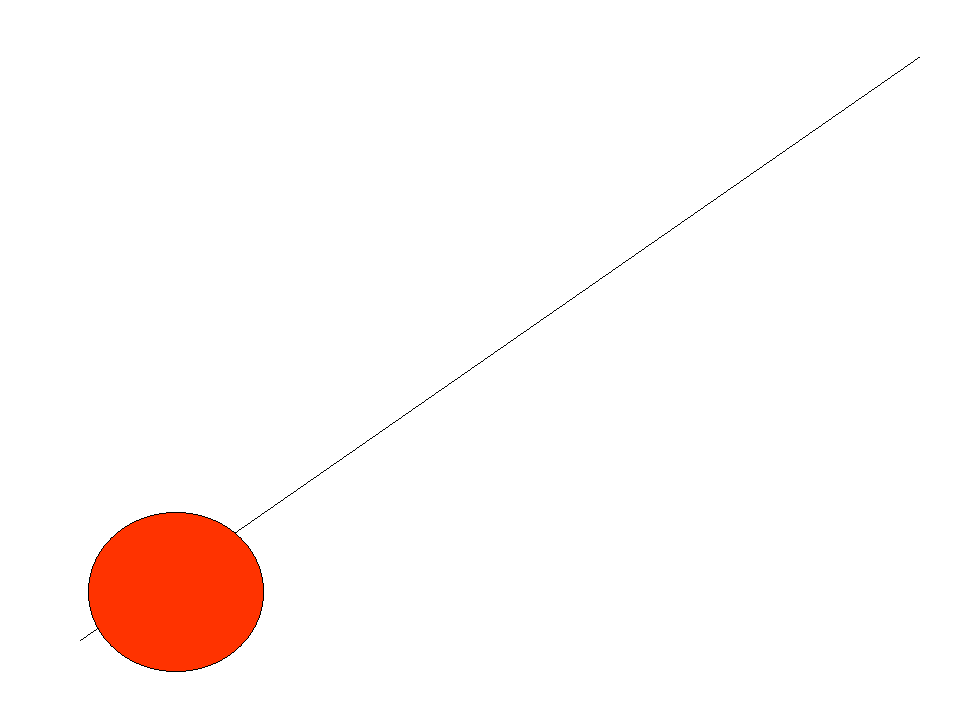Actually making the parallax measurements must have been incredibly difficult. The
star images do not stand perfectly still - in a small telescope such as Bessel's they will
dance around in response to changes in the air path as winds blow pockets of warm and cold
air through the line of sight. The same effect broadens the images to make them larger
than the parallax he was trying to measure. All the measurements had to be made squinting
through the telescope and carefully adjusting the screw drive that changes the lens split
separation, and fighting whatever the weather was that night. And some nights would have
been bitter cold in Konigsberg where he worked - on the coast of the Baltic Sea, as far
north as middle Canada.
 |
| This animation (by G. Rieke) will give you
an appreciation of Bessel's accomplishment. Typically, the images of stars are 1 arcsec in
diameter, about 3 times the effect he measured. The large proper motion of the star spread
the images across the sky. Here we plot a series of pretend star images over 6 months,
then a gap, and then a second series. The parallax is the slight tilt of the lineup of
images compared with the thin line behind them representing the direction of proper motion
(which Bessel also had to measure). |
Of course, it all became easier with the first photographic plates. The
astronomer could take a picture and measure the positions later in a nice warm office. So
Bessel's work was quickly considered to be obsolete:
From "The
History of Astronomy During the 19th Century," A. M. Clerke, 1902: "Bessel made
known the result of one year's observations, showing for 61 Cygni a parallax of about a
third of a second (0.3136")...[He later revised this measure to 0.3483"] Later
researches showed that it required an increase to nearly half a second3.
3 Sir
R. Ball's measurements at Dunsink gave to 61 Cygni a parallax of 0.47"; Professor
Pritchard obtained, by photographic determinations, one of 0.43"
---BUT the modern value is 0.296" +/- 0.004", in much better
agreement with Bessel than obtained with photographs! Bessel did a spectacular job!
With further work, we have measured distances to all the nearby stars
using parallax. Here is a stereo view of the stars in space near the sun
